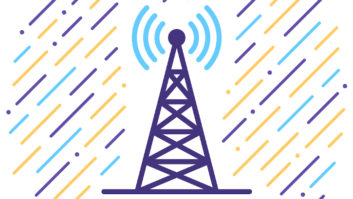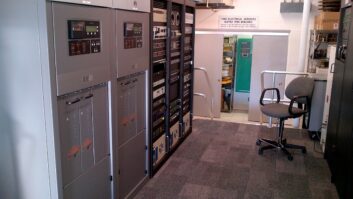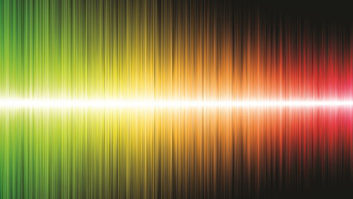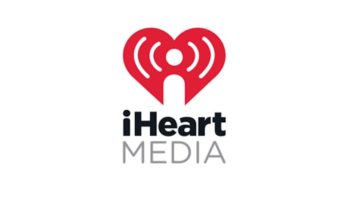A report from the Center for Automotive Research (CAR) says fixing the technical issues facing AM radio reception in electric vehicles will come with a huge price tag.
A CAR study released in October states that electromagnetic interference mitigation through shielding and filtering in new electric vehicles could cost carmakers $3.8 billion over the next seven years. One automaker told CAR that shielding would cost $35 to $50 and filtering would add $15 to $20 per vehicle, per the report.
This is a finding at odds with perceptions among U.S. broadcasters that limiting or eliminating such issues is not a serious challenge, at least for some carmakers.
According to a graph provided by CAR in the technical report, the $3.8 billion estimate of costs “are shared across multiple electric modules within EVs that require EMI mitigation,” which critics of the report say makes it difficult to put an exact cost on mitigation for analog AM radio.
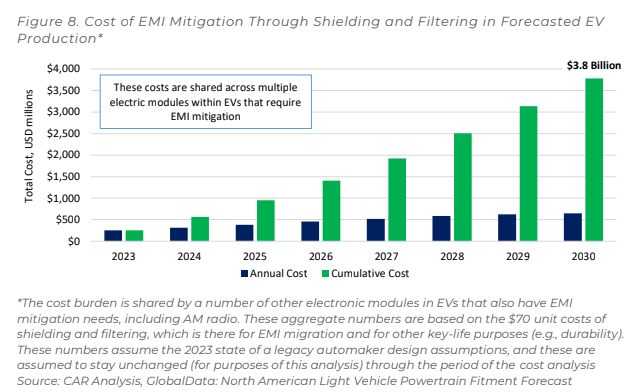
CAR, based in Ann Arbor, Mich., is described as an independent, nonprofit research organization that supports technology advancements in the U.S. auto industry. The organization is partially subsidized by funds from the dues of its affiliates, which include car manufacturers and auto parts suppliers.
Shielding cables, interference filters, active noise cancellation, physical placement of components and vehicle redesigns are among the options to reduce EMI interference with analog AM, it wrote, but those options come with a cost and add weight to the vehicle that will reduce its range.
Some automakers have discontinued or plan to discontinue AM radio in electric vehicles.
The center’s research study says there are multitudes of ways EV owners can receive audio products, echoing recent public statements by the auto industry.
“These include FM, satellite, Bluetooth and phone connectivity, allowing consumers to curate their in-car audio experience. Additionally, AM radio content can be accessed through digital AM radio if the broadcast is available, which has less noise and includes more text information for the user interface, or in-car streaming services stream AM station content,” according to the CAR study.
The organization says modern vehicles of all kinds have complex onboard electronics systems controlling everything from brakes and adaptive driver assistance to infotainment and safety, all of which can generate EMI and distort AM signals. Specifically, EVs bring new noise sources stemming from the electromotive nature of their propulsion system, the report states.
The nature of EVs and their operating conditions pose a challenge to ensure electromagnetic compatibility (EMC) with the analog AM band radio, the CAR research states. The most effective methods to mitigate AM interference would need to be engineered into new vehicle designs, it says. “A total vehicle system EMC requirement would need to be included from the beginning of any future EV redesign, if not already considered by the automakers, to eliminate the need for piecemeal late-stage mitigations.” Those costs can be avoided by deleting analog AM radio from vehicles and providing consumers with alternative products for in-vehicle audio content, according to the study.
[Read more stories about the future of AM radio in cars]
Congress is still considering bills that would require analog AM radio in all new vehicles. The AM for Every Vehicle Act would direct the National Highway Traffic Safety Administration to issue a rule that requires automakers to maintain AM broadcast radio in their vehicles without a separate or additional payment, fee or surcharge.
Both the House and Senate versions of the bill remain pending in Washington. In a new development last week, U.S. Sen. Rand Paul (R-Ky.) suggested that if a car manufacturer rips AM from their new electric vehicles, the federal government should in turn withhold the $7,500 per car tax credit available for eligible EVs.
Supporters of keeping AM radio in new vehicles often point to its importance for public warnings when it comes to an emergency. However, John Bozzella, president and CEO of the Alliance for Automotive Innovation, says the nationwide test of EAS and WEA in October proved otherwise. In an online blog post Monday making note of the CAR study, he also cited a survey from the Consumer Technology Association that showed 95 percent of adults received the alert on a phone, 15 percent on TV, 5 percent on FM radio and 1 percent via AM radio.
The alliance is a trade group that represents automakers such as General Motors, Stellantis and Ford.
Bozzella cited the new CAR study as further proof that the cost of saving analog AM radio in vehicles is too high: “Government forcing AM radio in vehicles … not required for public safety, not popular with consumers and now we know: not cheap.”
Alex Siciliano, senior VP of communications for NAB, replied to a Radio World email seeking comment on the CAR technical report: “Hundreds of thousands of Americans have voiced their support to their lawmakers for keeping AM radio in the vehicle because they understand the critical role local AM stations play during emergencies — not just when the initial alert goes out but until the danger has passed,” he wrote.
“It is noteworthy that the impartial Congressional Budget Office estimates the AM Radio for Every Vehicle Act would necessitate automakers spend a fraction of their estimate to ensure access to local AM radio stations in electric vehicles. We hope automakers follow Ford’s lead in reversing their decision to remove AM radio capability from their vehicles to ensure the 82 million Americans who listen to AM radio have access to this local, free service.”
The CAR research results can be found on their website.
